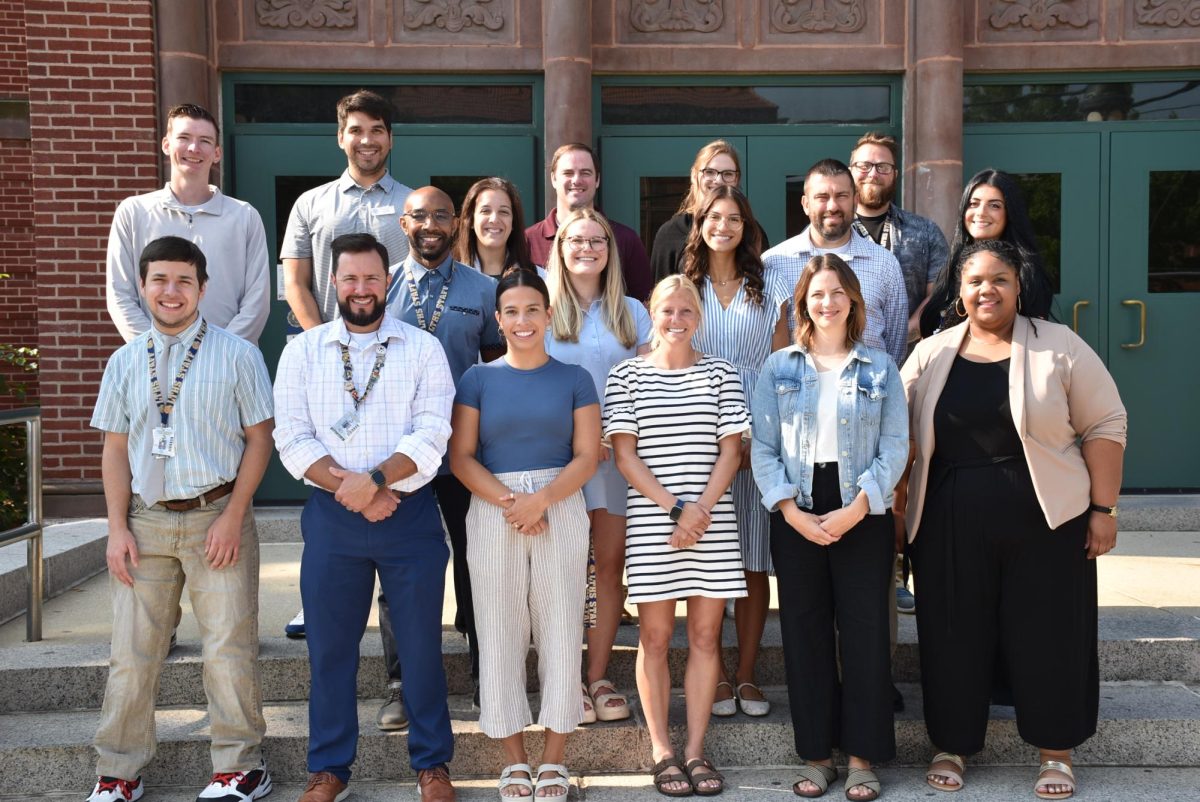LT is giving its summer reading program a fresh spin—with a brand new Instagram account @ltsummerread–designed to make reading feel less like a school assignment and more like a community experience. Run by the LT’s Summer Reading Committee, the page aims to build excitement around the summer reading list and involve students in every step of the process.
“The purpose of creating Instagram was to reveal the books we’re including in this year’s lineup, and the list will be released on April 9,” committee member and social media manager Caroline Leff ’28 said. “We like to do ‘matchups,’ where when the committee is between two books, we have our followers vote on the one that will be officially released.”
This year, the committee isn’t just recommending books—it’s encouraging student feedback and making sure that the final list reflects what LT students want to read. With polls, interviews, and creative content, the Instagram page turns summer reading into a shared conversation. “Before, not many people knew about [the program] or were open to the idea, so [Instagram] is a good way to have some fun and promote the books online where students can see it,” committee President Elena Edginton ’28 said.
Every year the committee, organized by Language Arts Division Chair Toby Casella, meets weekly from late January through mid-April to curate a balanced list of fiction and nonfiction titles. Students are involved in every aspect of planning, from pitching new book ideas to writing surveys for the school community. The meetings are held on Wednesday nights via Google Meet, giving students the flexibility to participate even with busy schedules.
“Being on the board is really fun and low maintenance,” Edginton said. “We meet once a week to chat about which books we think should be on the list. We are responsible for creating the list and promoting the books.”
But the work goes beyond choosing titles. The committee also considers how to make reading more appealing to high schoolers. That’s why this year’s list emphasizes enjoyable, accessible reads—and gives students the chance to have a say in what ends up on it.
“We want our fellow students to be able to read books that they actually enjoy,” Edginton said. “Reading can be fun if you pick the right book. We even allow students to suggest books through polls and surveys.”
The program’s broader goal is to prevent the “summer slide”—a decline in academic skills that can happen over long school breaks—by encouraging students to keep reading in a low-pressure, engaging way. According to LT’s summer reading website, all students are expected to read at least one book from the list and be ready to discuss it in their English classes at the start of the school year. AP students have separate reading expectations, but the overall goal remains the same: cultivate a love of reading.
“I love to read and I think that promoting reading over the summer—even if it’s a non-traditional way—is a great idea,” Leff said. “Picking enjoyable books for other students to show them how fun reading is… that’s why I do the club.”While the reading list is required, committee members hope the program helps shift the narrative around summer reading—from obligation to opportunity. They also see their work as a way to build community and connect with peers who share similar interests.
“It will be very fulfilling once the list comes out to hear what books people choose,” Edginton said. “Knowing the committee created the list from scratch makes it special.”
For students interested in joining next year’s committee, recruitment typically starts in January through school announcements and English classes. The committee allows room to make friends and discuss common interests, Edginton said. Through a mix of student creativity, social media outreach, and shared enthusiasm for stories, the Summer Reading Committee is reshaping what summer reading looks like at LT, one book and one post at a time. Find more information on which books to read this summer at www.lths.net.

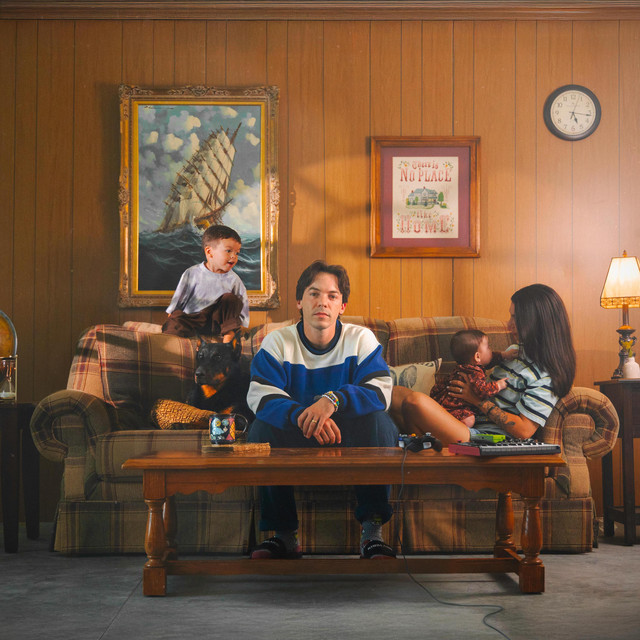


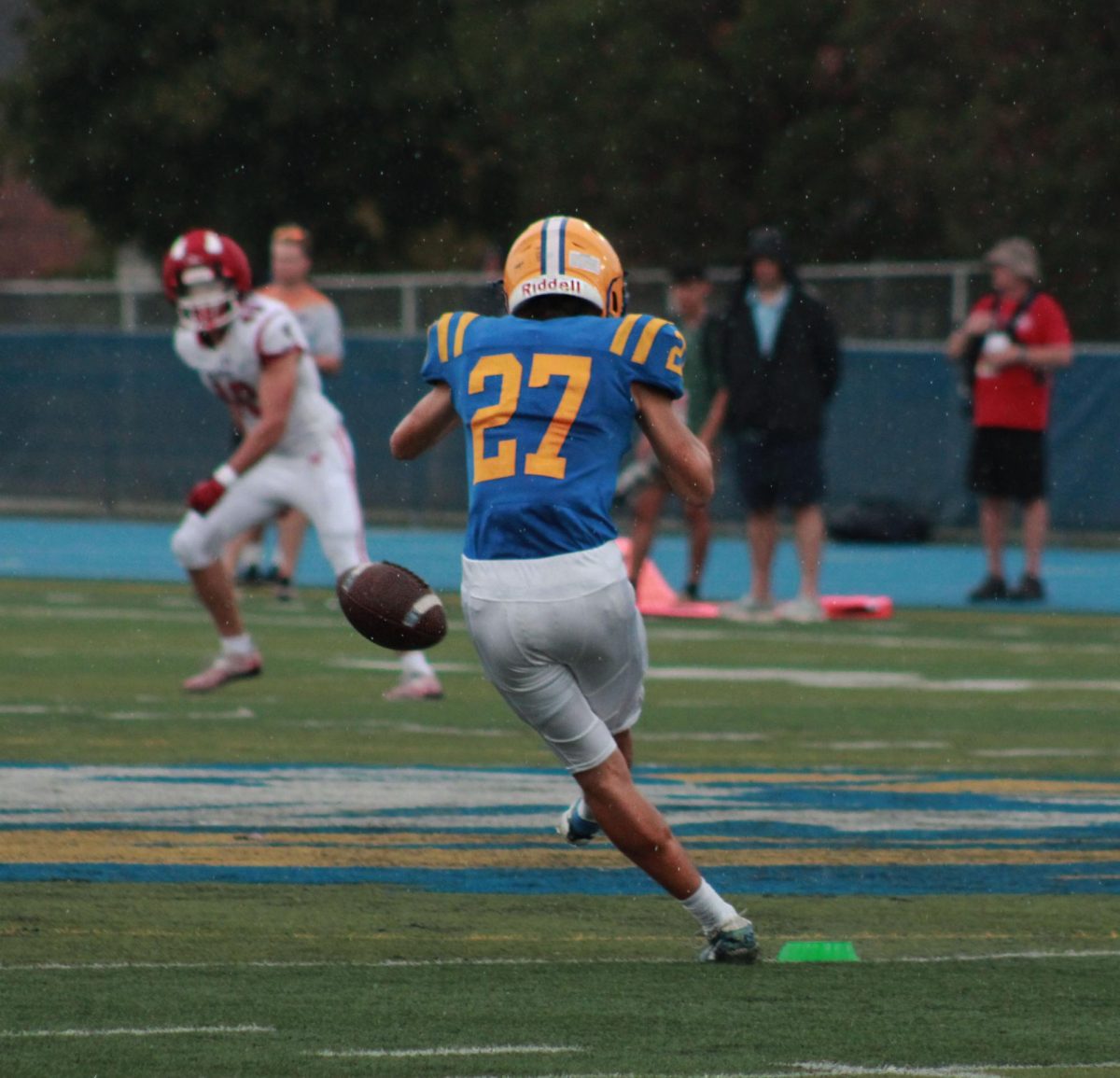

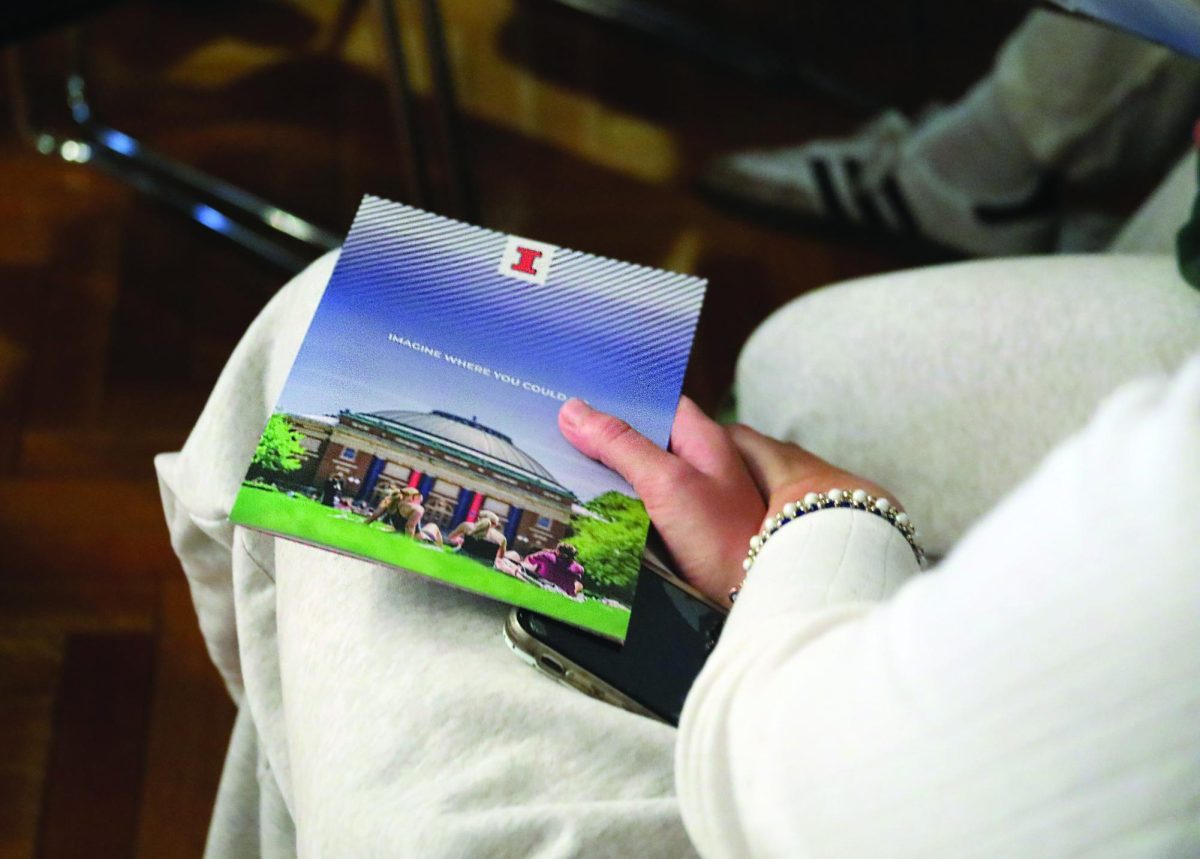
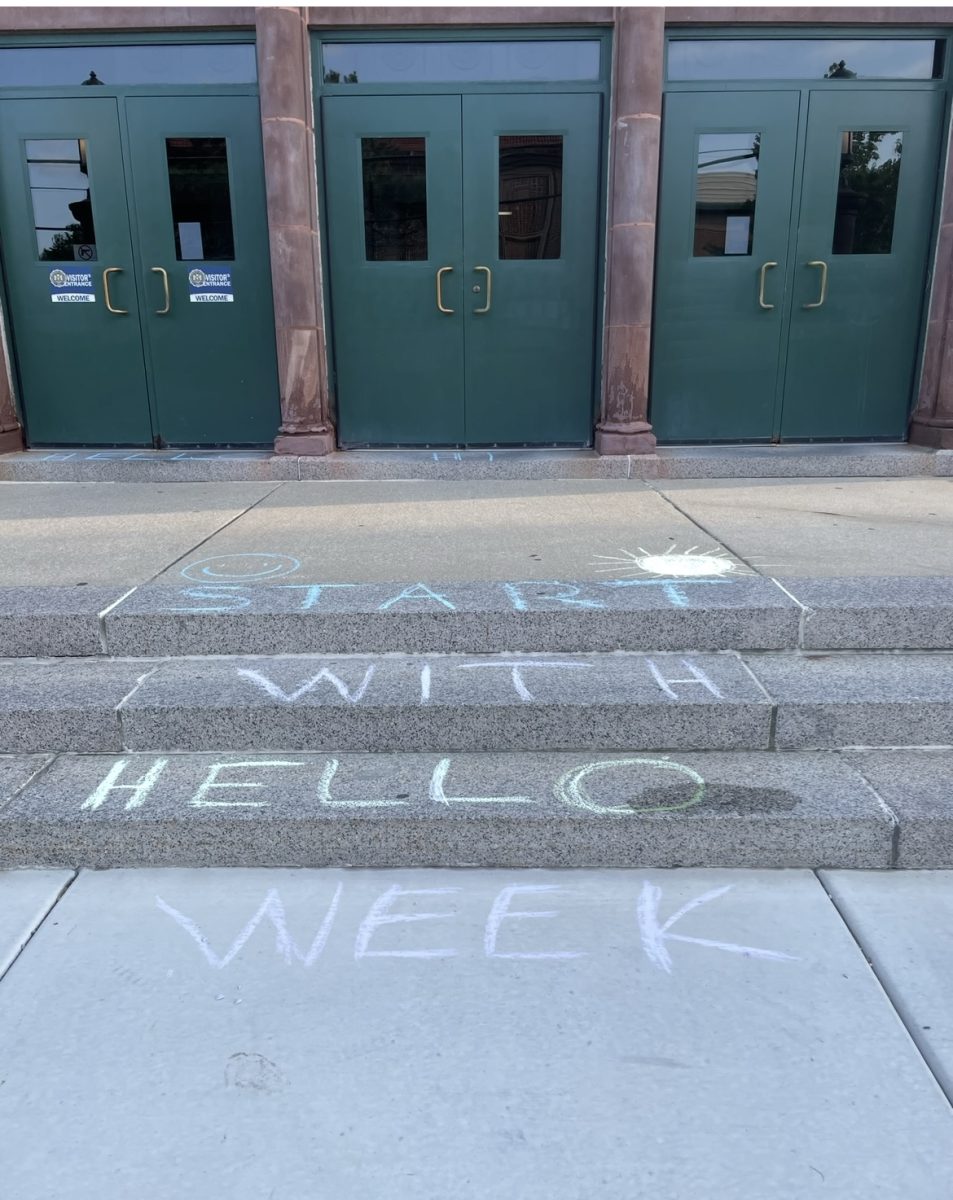




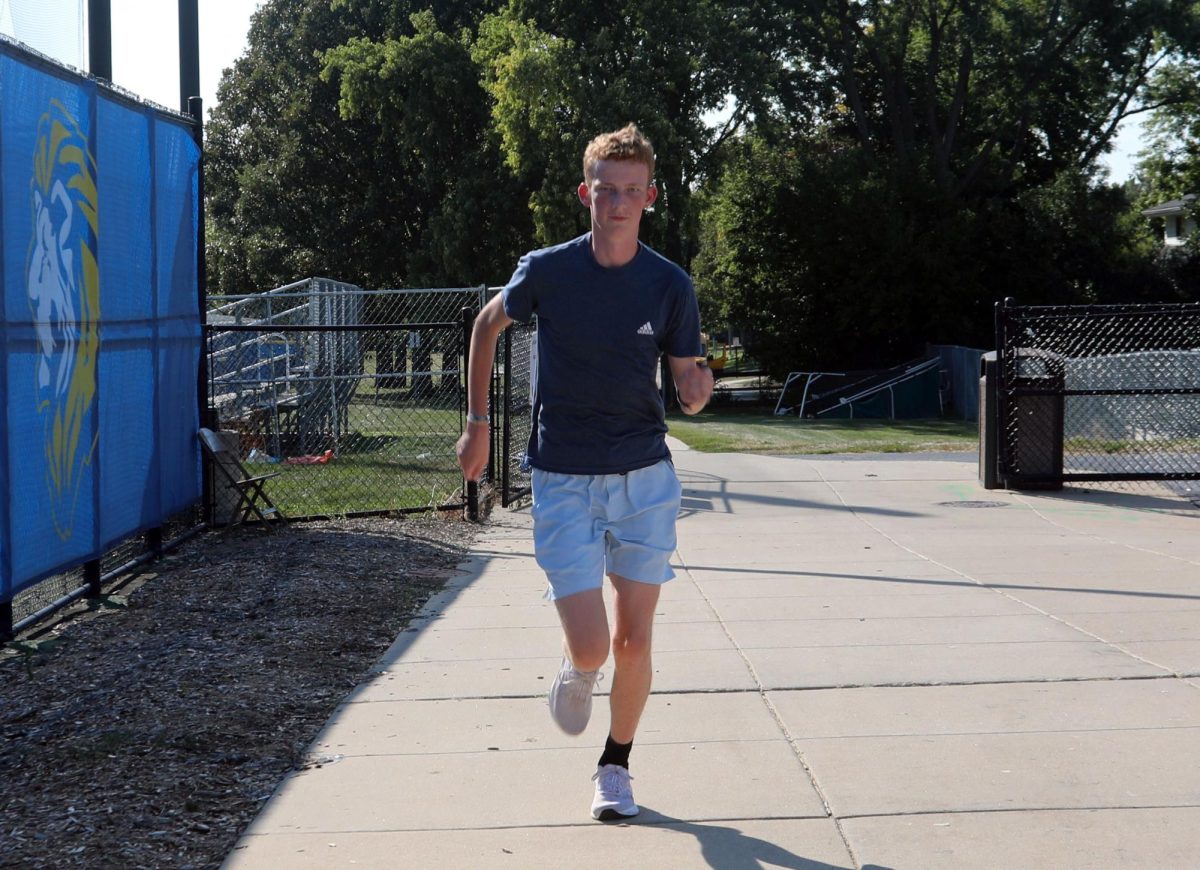





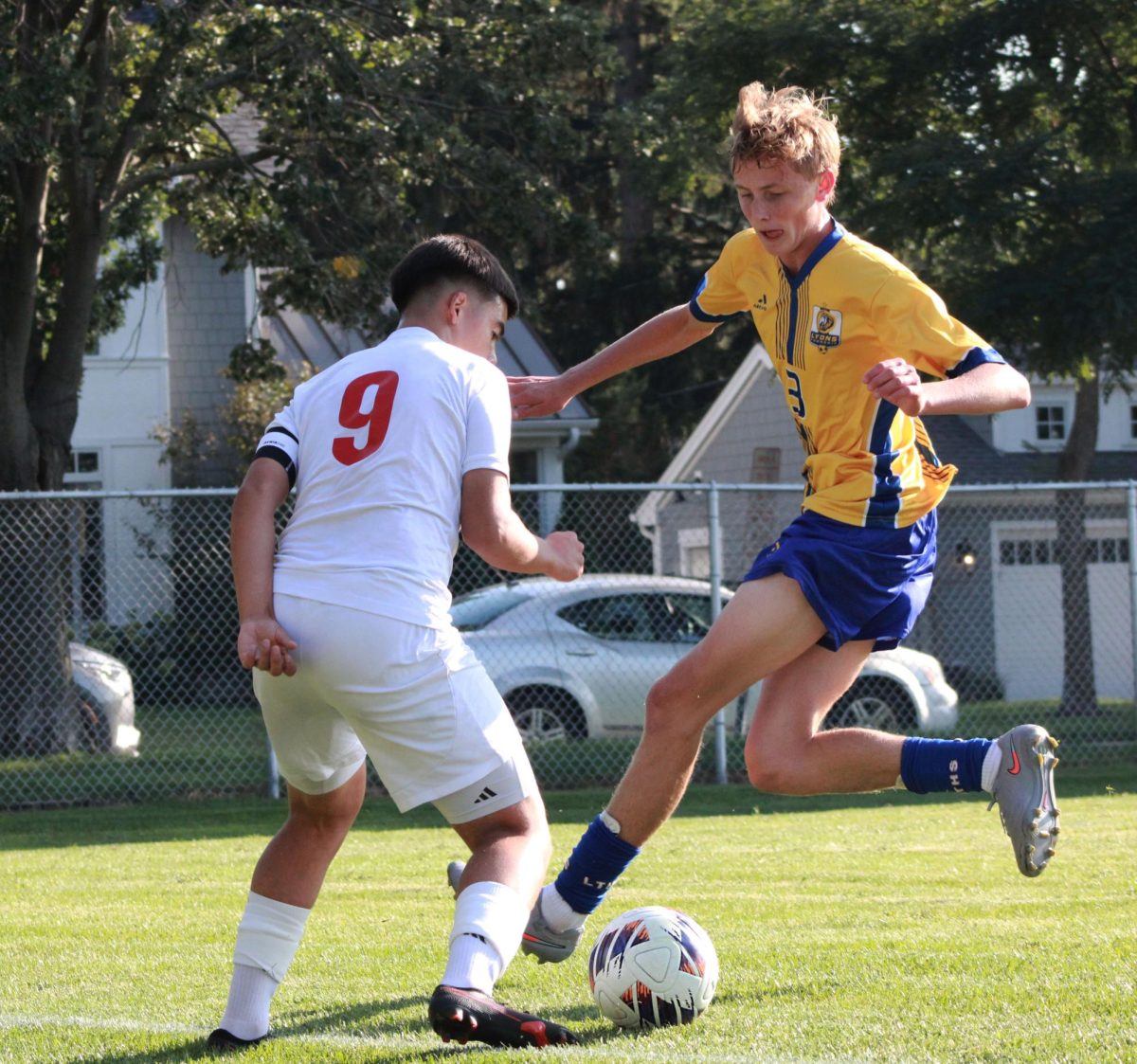






![Movie poster for '[Rec]" (2007).](https://www.lionnewspaper.com/wp-content/uploads/2023/04/rec-640x900.jpg)


